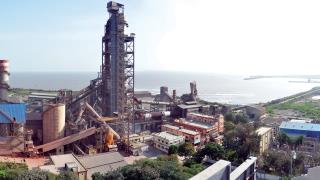The world’s second-largest cement market made a surprising U-turn in the third quarter of FY11-12. Since April 2010, the Indian cement industry has met with challenging times including consistently poor demand, low cement prices, higher input costs and lack of government measures to support growth. However, since the end of last year, the sector finally appears to have left the past behind and is regaining a high-growth trajectory. ICR takes a close look at what really caused this dramatic change and enabled the 300Mta Indian cement industry to register one of its strongest quarterly rates in recent times.
At the beginning of 2011 when experts (including industry analysts, wealth managers and stock market participants) painted a weak outlook for the Indian cement sector and steered away from local cement companies as investment avenues, few could foresee the industry's ability to tide over the worst times of 2010-11. Issues mainly under the spotlight were over-capacity, lack of pricing power, a slowdown in demand and squeezed margins.
Domestic majors ACC, Ambuja Cements and UltraTech, which control over one-third of the country's cement market, voiced concerns over margin and price pressures. However, the companies maintained a growth projection of 7-10 per cent.
Talks of over-capacity had been making the rounds ever since the 2008-09 global financial crisis. However, even during that period, the Indian cement sector managed to grow by eight per cent. At the time, a Holcim official commented that the worst was yet to come and indeed, growth rates dipped to a 10-year low of less than five per cent in FY10-11.
